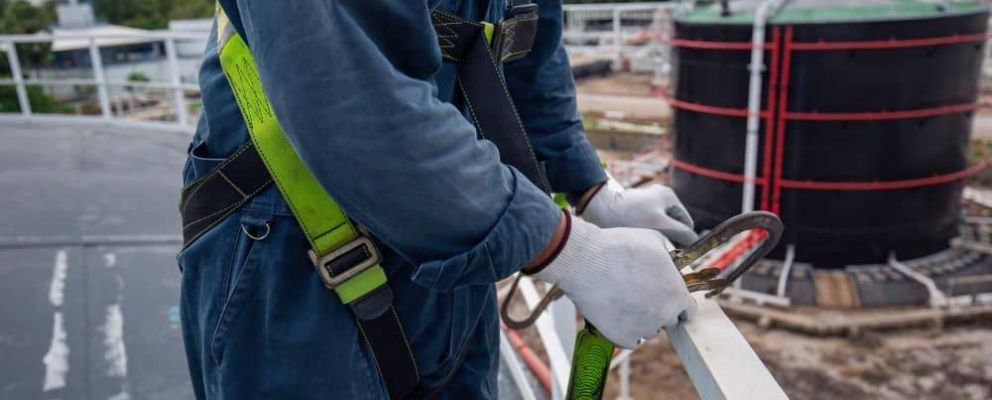When an emergency strikes, who does a lone worker call? Here are four key strategies that can help ensure the safety of the workers even when no one is around to help:
1. Classify Existing and Possible Work Hazards
Whether you employ lone workers or are a lone worker yourself, the first step to improving safety is identifying hazards that could harm lone workers. These hazards have varying degrees of risks and can be anything from other people to equipment to the location or property.
For example, a lone worker in a home office could slip or fall down the stairs. A healthcare worker could get into a car accident whilst driving to see a patient.
Classifying lone worker hazards can reduce the chances of serious incidents, injuries, and emergencies. When worksites differ a few times per day, such as when healthcare workers visit patients in different locations, it may only be possible to know some potential hazards. Therefore, the smart solution is to equip lone workers (or yourself), such as the Spot Gen 3.
2. Be Proactive in Managing Lone Working Safety
With the hazards identified, the next step is to assess the level of risk to manage them effectively. We recommend you rank these risks according to their importance and occurrence, such as placing the highest-risk lone worker hazard as your top priority.
Some situations increase risks for lone workers, including:
- Driving for hours
- Working in a new or changing location
- Working at night or outside ordinary working hours
- Accidents like tripping and falling
- Working in narrow and dark spaces
- Working with hazardous chemicals, heavy equipment, and others
- Having a heart attack or any medical emergency
Assessing lone worker risks should be done regularly, especially in varying work locations, times, and environments.
3. Understand and Follow Lone Worker Protection Policy
A standard lone worker policy is critical and thus should be in place if you employ or are a lone worker. It should cover the following:
- Lone working safety guidelines
- High to medium risk and hazard identification
- Risk management
- Lone worker and management team roles and responsibilities
- Safety procedures outlined step by step
- Tools and solutions for lone worker protection
- Report guide for incidents, including near-misses
- Steps to follow and who to contact in case of an emergency
- Regular training to improve lone worker safety
Policies, after deployment, should be supported by reviewing and updating them frequently, as your industry is bound to change.
4. Use Lone Worker Safety Devices and Other Solutions
Even if you have assessed the risks, it’s not enough. You need solutions to ensure lone worker safety further. The good news is that a wide range of tools and devices now exist to cater to lone workers regardless of their industry, needs, and legal requirements.
When selecting a lone worker safety device, however, it is vital to take the work hazards into account. So go back to the first step above if you still need to identify them. Regardless of the device equipped on each lone worker, it should at least have the following capabilities:
- Periodic check-ins
- Real-time location sharing
- SOS
A real-time lone-worker solution is an excellent option. That way, checking lone worker safety and well-being is easy and can be carried out at any given time.






